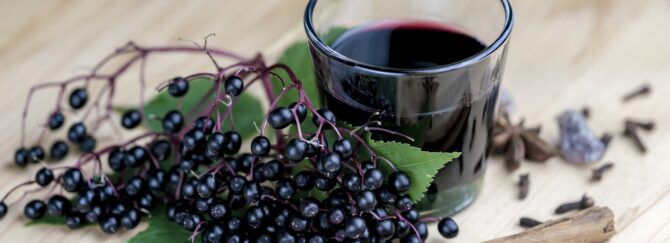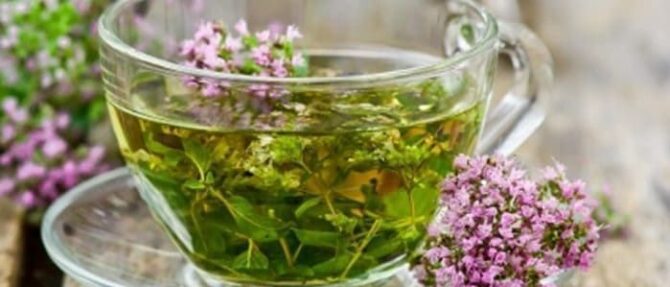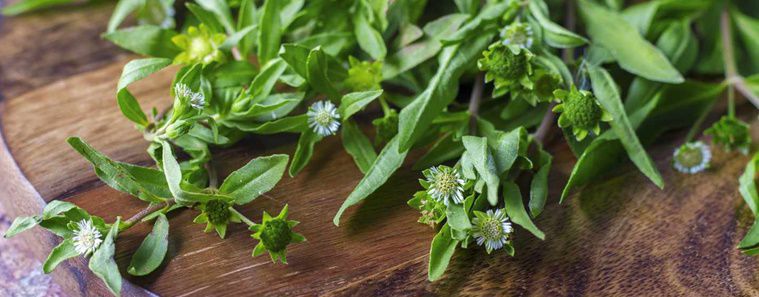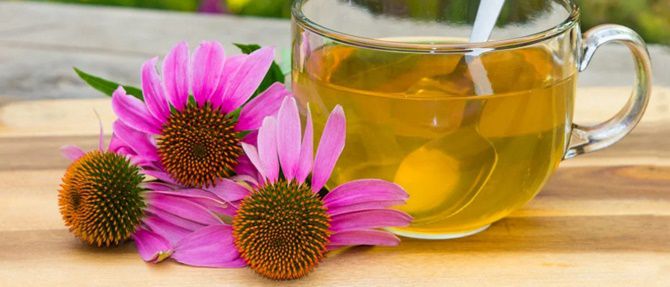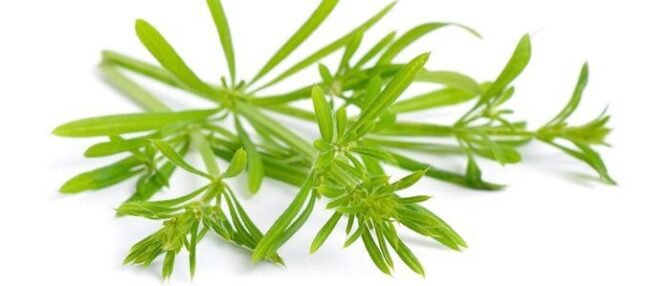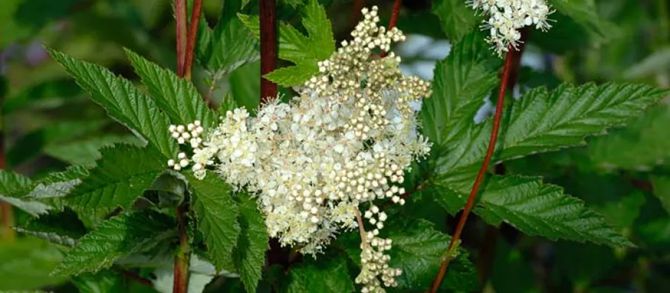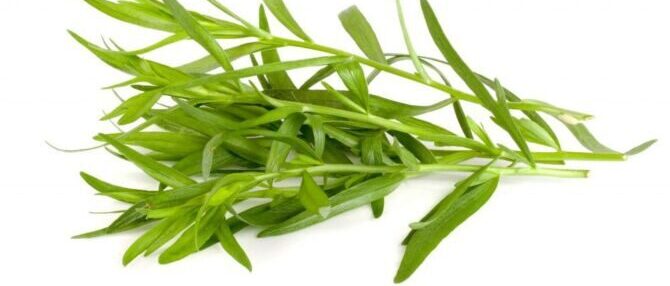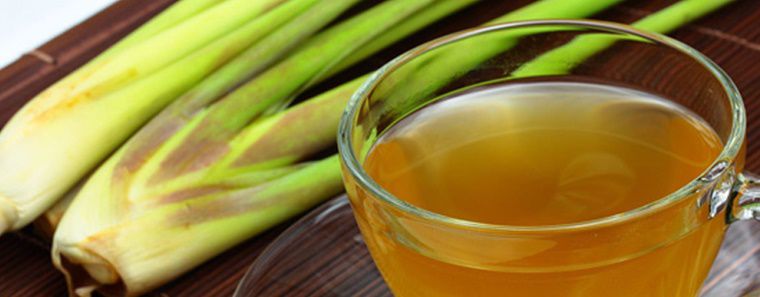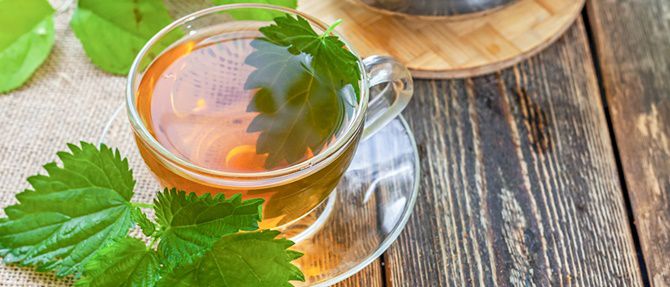Herbal Remedies
Elderberry Medicinal Uses
Elderberry Medicinal Uses are well known and it is one of the most commonly used medicinal plants in the world. People have used elderberry for its health benefits for hundreds of years. Elderberry contains antioxidants, and many believe it can relieve colds, fight the flu, and boost the immune system.
The two main species of elderberry used in commercial elderberry production are the European elderberry, Sambucus nigra and the American elderberry, Sambucus canadensis. Both Sambucus canadensis and Sambucus nigra have dark, black fruit with a purplish cast that produces a dark purple juice.
American Elderberry
The American elderberry (Sambucus canadensis), is a species native to a large area of North America, eastern Mexico and Central America to Panama. It is also known as golden elder, the pie elder, American elder, elder-blow, sweet elder or just elderberry. The flowers and fruit have applications in alternative medicine, though its sibling (Sambucus nigra) is the species that is usually used for healing.
European Elderberry (Black Elderberry)
The European Elderberry (Sambucus nigra), is also known as elder, elderberry, black elder, European elder, European elderberry, and European black elderberry. This tree is native to Europe, though it is widely grown in many other parts of the world as well for it’s medicinal value.
Elderberry Medicinal Uses Overview
Elderberry medicinal uses has a long history. The plant has been around a long time. Hippocrates wrote about it, as did Dioscorides and Culpepper. Elder has often been referred to as the “medicine chest of the common people.”
Traditionally, Native Americans used it to treat infections, while the ancient Egyptians used it to improve their complexions and heal burns. In folk medicine, elder berries have been used for their diaphoretic, laxative and diuretic properties and to treat various illnesses. It’s still gathered and used in folk medicine across many parts of Europe.
- Elderberry is used for the common cold, “the flu” (influenza), and H1N1 “swine” flu.
- It can also be used as a supplementary treatment for HIV/AIDS as it boosts the immune system.
- Elderberry can be used for sinus pain, back and leg pain (sciatica), nerve pain (neuralgia), and chronic fatigue syndrome (CFS).
- Some people use elderberry for hay fever (allergic rhinitis), cancer, as a laxative for constipation, to increase urine flow, and to induce sweating.
- The flowers are said to have diaphoretic, anti-catarrh-al, expectorant, circulatory stimulant, diuretic, and topical anti-inflammatory actions.
- Elderberry fruits contain tannin’s and viburnic acid, both known to have a positive effect on diarrhea, nasal congestion, and to improve respiration.
- Leaves and inner bark have also been used for their purgative, emetic, diuretic, laxative, topical emollient, expectorant, and diaphoretic action.
Elderberry Herbal Preparations and Uses
Caution: You need to cook elderberry fruit before eating or it can be poisonous.
Parts Used: Bark, leaves, flowers, berries.
- Tincture – Infusing the berries in alcohol or glycerin to make a shelf stable herbal remedy.
- Teas & Infusions – An infusion of the dried flowers, Elder Flower Tea, is said to be an expectorant and a good remedy for colds and throat trouble, taken hot.
- Syrup– The juice of Elderberries is used to make a syrup which is used in the treatment of colds and coughs, and is especially useful in cases of bronchitis.
- Ointment – Elder leaves are used in the preparation of an ointment, Unguentum Sambuci Viride, Green Elder Ointment, which is a remedy for bruises, sprains, chilblains, for use as an emollient, and for applying to wounds.
Elderberry Herbal Recipes
Elderberry Syrup
- ¾ cup dried elderberries
- A stick or two of cinnamon
- Cloves – about 10
- Ginger – a few quarter sized slices
- 4 cups of water
Pour the water into a medium saucepan and add the elderberries, ginger, cinnamon, and cloves. Bring to a boil and then cover and reduce to a simmer for about 45 minutes to 1 hour until the liquid has reduced by almost half.
Remove from heat and let cool until it is cool enough to be handled. Mash the berries carefully using a spoon or other flat utensil. Pour through a strainer into a glass jar or bowl. Discard the elderberries and let the liquid cool to lukewarm. When it is no longer hot, add the honey and stir well. When the honey is well mixed into the elderberry mixture, pour the syrup into a mason jar or glass bottle. Store in the fridge and take daily for its immune boosting properties.
Green Elder Ointment (This is good for face, hands, bruises, sores, bites and baby rash.)
- 225g lard or vaseline
- 450g flowers of the elderberry
Place in a pan. Set the pan in a larger vessel of boiling water. Simmer until a pale green. Strain through muslin and store in small jars. Add essentials oils of other herbs, if desired, while straining.
Elderberry Tea
Add water, dried elderberries, and a cinnamon stick to a small saucepan and stir well. Turn the heat on high just until the tea starts to boil. Then, turn the heat down to medium-low and simmer for 15 minutes. Let the tea cool in the pot for 5 minutes. Strain the tea through a fine-mesh strainer into a mug and enjoy. You can add honey to the tea if you prefer.
Elderberry Tincture
- Fill a jar with tightly packed berries and pour in a neutral alcohol to cover. Vodka that is 100 proof or higher is best.
- Seal the jar and store in a dark place, shaking every day for at least a few weeks.
- Strain out the berries and bottle it up.
- If you prefer not to use alcohol, you can make a glycerite tincture instead, by replacing the alcohol in the tincture with vegetable glycerin.
Medical Disclaimer
Information is for educational and informational purposes only and may not be construed as medical advice. The information is not intended to replace medical advice or treatment offered by healthcare professionals.


